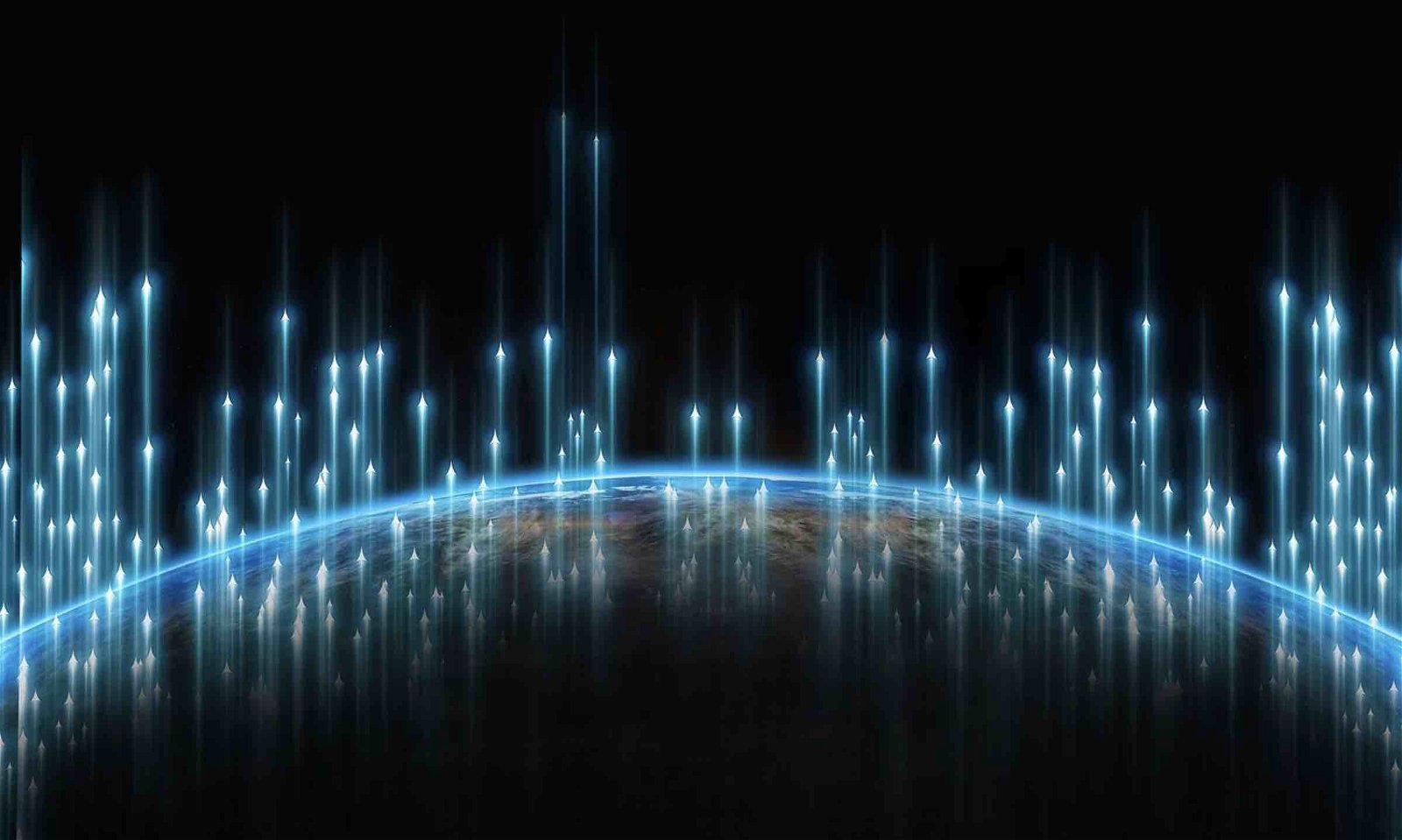Humans have long questioned whether the reality we experience each day is a valid representation of our universe or if there might be more to our existence than we are currently able to see and experience.
According to proponents of the simulated universe hypothesis, one approach to this question involves whether we may be living in an artificial reality that, much like a computer simulation, presents a sort of virtual world in which we all perceive ourselves living and interacting with one another.
Now, a professor of physics at the University of Portsmouth is offering tantalizing research that explores whether a new law of physics might lend support to such ideas, potentially allowing for the existence of a Matrix-style simulated universe.
With proponents that include SpaceX and Tesla CEO Elon Musk and several other leading technologists and thinkers, the idea of a simulated universe is particularly appealing to scientists in the field of information physics, a branch that deals with the idea that our reality is entirely composed of bits of information.
Last year, Dr. Melvin Vopson of the University of Portsmouth reported the discovery of a new law of physics based on the second law of thermodynamics, which he believes may be able to predict things like the occurrence of genetic mutations in organisms, and what their outcomes could be.


The second law of thermodynamics holds that systems spontaneously evolve toward states of higher entropy, the quantity often viewed as representing the amount of randomness or disorder in a system. According to this law, entropy can only increase or stay the same but never reduce. This universal order in which entropy increases has been famously cited as evidence of a thermodynamic arrow of time by scientists that include the late physicist Stephen Hawking.
Originally, Vopson had also anticipated that the entropy within information systems would similarly increase. However, to his surprise, he says that recent observations appeared to show just the opposite, leading him to establish what he calls the second law of information dynamics, a new law that he believes could be at the root of not just what causes genetic mutations, but potentially a wide range of other phenomena in our universe.
“I knew then that this revelation had far-reaching implications across various scientific disciplines,” Vopson recently said.
Now, a new paper by Vopson published in AIP Advances looks even more deeply at the scientific implications of this proposed new law of physics, extending its effects to areas of biology, atomic physics, and the nature and origins of the universe.
According to Vopson, “physical reality is fundamentally made up of bits of information, from which our experience of space-time emerges.”
“By comparison,” Vopson wrote last year, “temperature ‘emerges’ from the collective movement of atoms. No single atom fundamentally has temperature.”
According to Vopson, “This leads to the extraordinary possibility that our entire universe might in fact be a computer simulation.” Such possibilities served as the impetus for new research that stemmed from Vopson’s desire to test his newly discovered law and see if it might support the controversial idea that our reality may only be a simulation.
“What I wanted to do next is put the law to the test and see if it could further support the simulation hypothesis by moving it on from the philosophical realm to mainstream science,” Vopson said in a recent statement.
Vopson’s latest findings add new insights into how the second law of infodynamics challenges our accepted understanding of genetic mutations, which seemingly points to how they follow patterns that fall in step with information entropy; a discovery Voston believes could have significant implications not only for the future of genetic research, but also evolutionary biology, genetic therapies, and other related fields, with applications that could provide crucial insights and capabilities in the event of future pandemics.
Beyond genetics, Vopson’s new research also examines the behavior of electrons within multi-electron atoms and provides key insights into a range of phenomena in the field of atomic physics.
Among these, Vopson points to Hund’s rule of maximum multiplicity, which physicists use to help them make predictions about the ground state of an atom or molecule possessing one or more open electronic shells. More fundamentally, the rule dictates that terms with the highest multiplicity are the lowest in energy.
On the cosmological scale, Vopson’s second law of infodynamics could be a significant necessity, and according to Vopson, could be used to help explain the prevalence of symmetry throughout the universe.
“Symmetry principles play an important role with respect to the laws of nature,” Vopson said in a recent statement. “[B]ut until now there has been little explanation as to why that could be.”
“My findings demonstrate that high symmetry corresponds to the lowest information entropy state, potentially explaining nature’s inclination towards it,” Vopson says, likening his process to how a computer undergoing routine maintenance will delete or compress excess code, allowing it to save storage space and perform more efficiently.
However, Vopson points to this comparison between computers and the ways that cosmological phenomena appear to both conform to the second law of infodynamics as potential evidence that our reality may function similarly to a computer program, a concept at the core of ideas involving a simulated universe.
Among the more striking cosmological implications of his research, Vopson suggests that the elusive dark matter that is believed to populate our universe could itself be energy, a principle he dubs the information equivalence principle, and further suggests that information may, in fact, be viewed as the fundamental building block of the universe, even possessing physical mass; all ideas which Vopson says are supported by the second law of infodynamics.
Now, Vopson says empirical tests will be required to further advance his studies, for which he also has a few ideas.
“One possible route would be my experiment devised last year to confirm the fifth state of matter in the universe,” Vopson says, which he believes could potentially change modern physics “using particle-antiparticle collisions.”
Vopson’s new research paper, “The second law of infodynamics and its implications for the simulated universe hypothesis,” appeared in AIP Advances on October 6, 2023.
Micah Hanks is the Editor-in-Chief and Co-Founder of The Debrief. He can be reached by email at micah@thedebrief.org. Follow his work at micahhanks.com and on Twitter: @MicahHanks.

